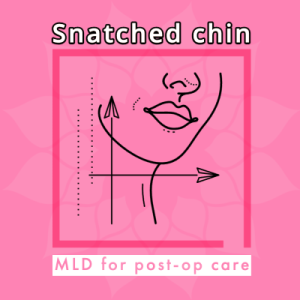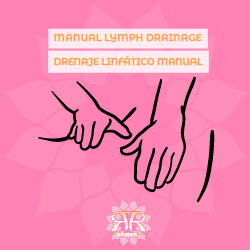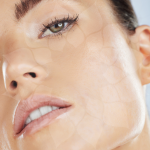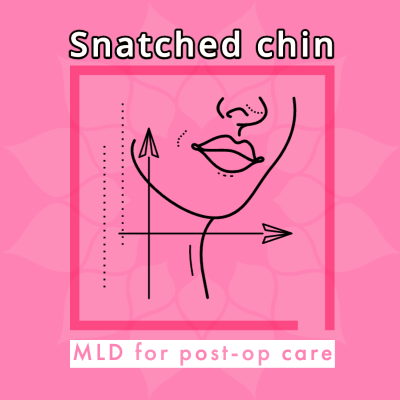Table of Contents
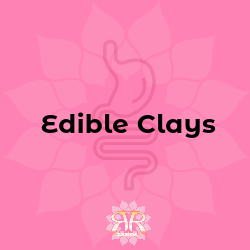
Edible Clays
History
Clays have been used both externally and internally for many centuries.
Humans have been using clay for receptacles and for construction since time immemorial. Cave paintings in places like France and Spain are often made of mixtures of clay and other materials. People working with clay would undoubtedly have noticed the drying and healing effect that it has on skin. The earliest recorded medicinal uses of clay come from the Mesopotamian societies that flourished over 3,500 years ago.
Is clay not just dirt?
Clay differs from soil in one important way: the particles are much smaller, smaller than 2 µm. Since the particles are so tiny, the relative surface area of clay is very large. This is what gives clays their many wonderful properties.
There are at least two points that make clay minerals so active in natural processes, and became the key for their wide applications: (a) The very large surface area that arises from the tiny size of the particles (nanoscale), and (b) The fact that those particles are electrically charged, leading to relatively strong electrostatic interactions.
Clay Minerals as an Ancient Nanotechnology: Historical Uses of Clay Organic Interactions, and Future Possible Perspective (https://t.ly/vwpUfs)
Pelotherapy
The term “application of mud to the body for therapeutic purposes) has been in use since 1934. Since the external use of clays has such a long history, naturally, there existed many names for the practice. They coined the term “Pelotherapy” as an umbrella under which all the other mud therapy names could nestle.
Peloid, from the Greek TTAOS ( = mud), was adopted by the International Society of Medical Hydrology at its recent annual meeting in Switzerland as a generic name applicable to any naturally produced medium such as is used in medical practice as a cataplasm for external treatment. Such media are known in the various countries as boue, fango, gyttja, liman, moor, mud, peat, schlamm, etc., these names being used in confusion for both specific media and in a generic sense. The new word, with its derivatives pelology and pelotherapy, will avoid this confusion and allow the local terms to be defined and used in their restricted sense.
https://www.nature.com/articles/133288a0
Geophagy
Geophagy is the practice of eating earth materials containing clay minerals.
Edible clays, for internal use, need to be sterilized using heat and pressure, such as autoclaving or steaming.
Different cultures consume clays in different ways. of course, this post is for information purposes only. Consult your healthcare provider before using clays for healing or detoxing.
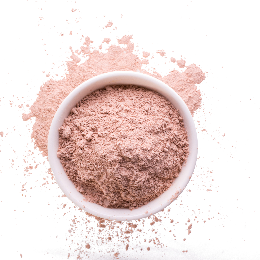
Gut health and clay
The importance of maintaining a healthy intestinal microbiome cannot be overstated. More and more research shows that the gut-mind connection is real. Serotonin is mainly produced in the gut. Inflammation in the colon directly affects the liver via the hepatic-portal circulation. A sluggish liver predisposes us to all sorts of metabolic problems. So, using edible clays, if it is appropriate, can be a huge part of any preventative medicine program.
The gut provides approximately 95% of total body serotonin, most of which exists in plasma. Although serotonin has intrinsic roles in the intestines and peripheral metabolism, it is capable of locally activating afferent nerve endings that are connected directly to the central nerve system.
https://www.ncbi.nlm.nih.gov/pmc/articles/PMC6469458/
Types of Edible Clays
There are probably loads of different clays that can be consumed. I only have experience with bentonite clay (at a detox retreat in Thailand) and green clay (nowadays).
Clay Chemistry
Clays are minerals. This implies that the particles are not tightly connected like molecules, but rather they are held together by electrostatic forces within a well-defined structure. Minerals form crystals when they are arranged in regular, repeating sheets. That is why you can “shear” a crystal, or cut it along its fault line. It’s why a diamond can be faceted.
Montmorillinite is a mineral with the chemical formula Al2H2O12Si4 (Aluminum, Hydrogen, Oxygen, Silica). Bentonite is a type of clay that contains the mineral montmorillinite.
Montmorillonite is a subclass of smectite and a natural aluminomagnesium silicate clay, with potential protective effect for the digestive tract mucosa, and anti-inflammatory and anti-diarrheal activities. Although the exact mechanism of action has yet to be fully elucidated, upon administration, montmorillonite may adsorb bacteria, bacterial enterotoxins, viruses and other potentially diarrheagenic substances. It may also bind to mucin and modify mucus properties, thereby enhancing the mucus barrier function.
https://pubchem.ncbi.nlm.nih.gov/compound/71586775
French green clay
This is my favourite clay for everyday use. As it comes from France, quality control (QC) is assured. QC is important for sterilization and checking if the clay is free of contaminants.
I simply place a small amount of clay in a glass of water and leave it to soak overnight. In the morning, I drink the cloudy water, and leave the settled clay behind. Please, don’t gulp down the solid matter – this can cause blockage in the intestines.
Documentary: Eat White Dirt
And, so I leave you with this curious documentary that I came across while researching this post. Apparently, Georgia has abundant edible clays, but rather oddly, kaolin is the mineral of choice for these ladies.


